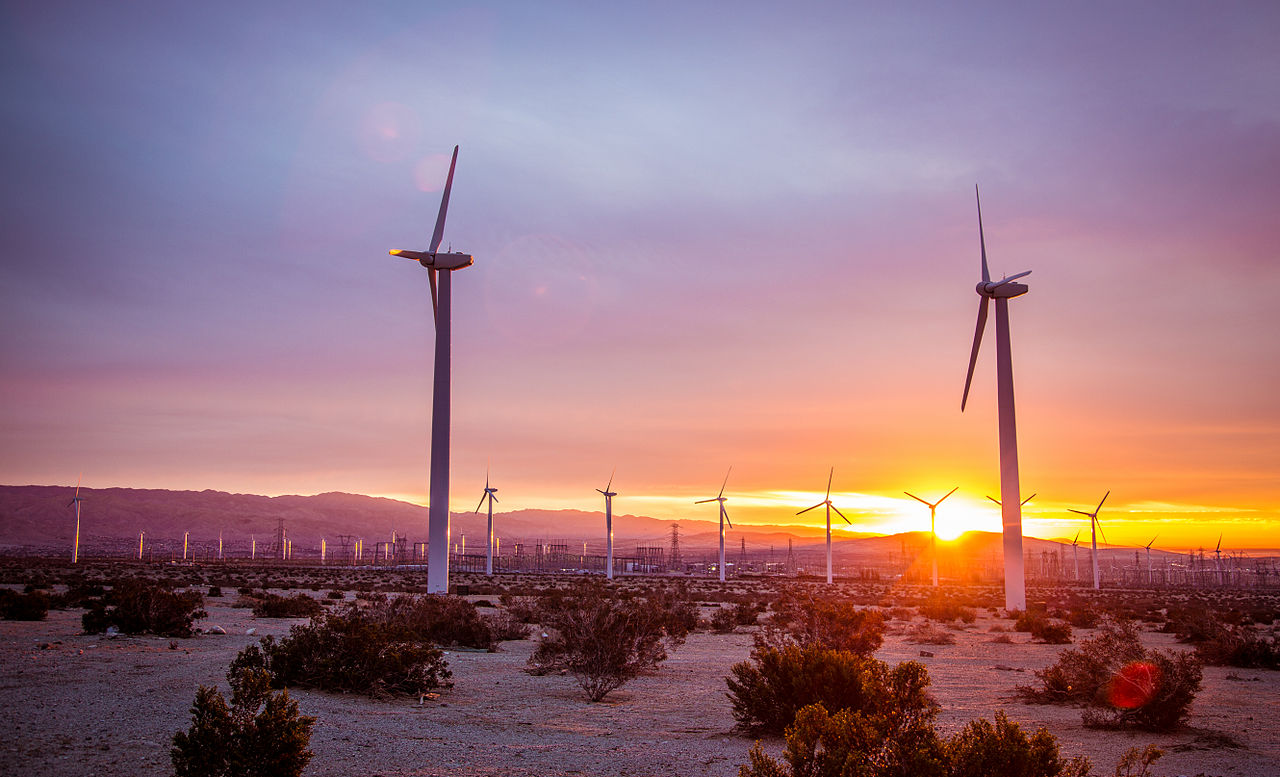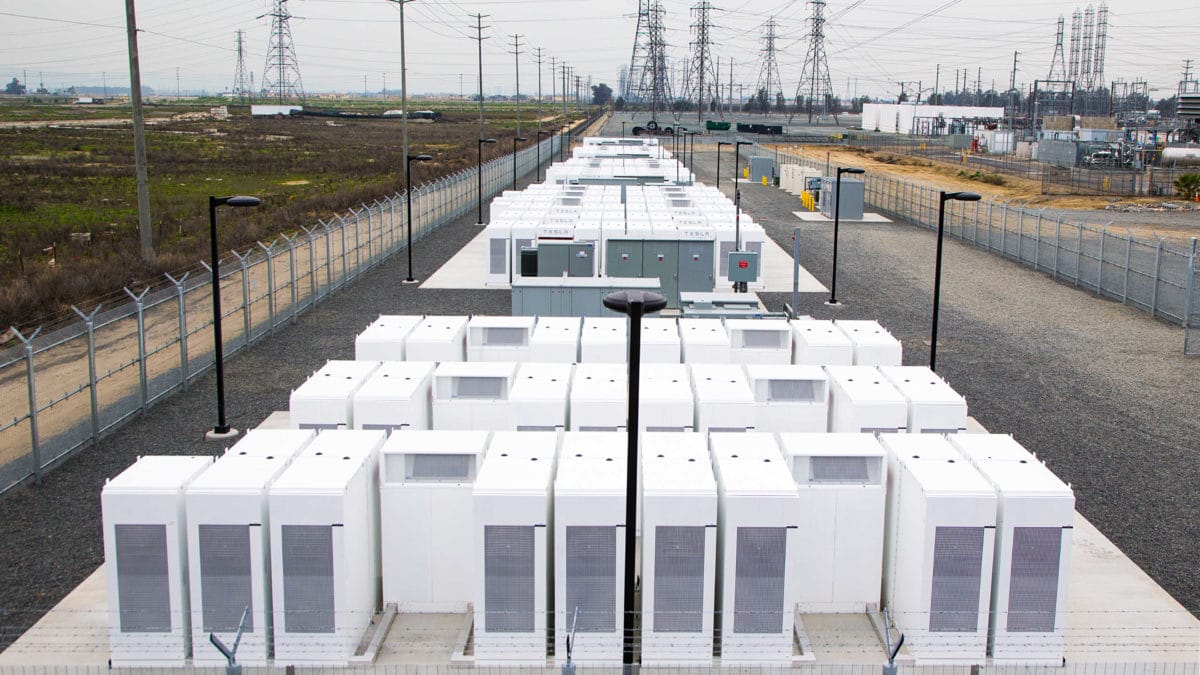U.S. Passes Rules to Clear Renewable Energy Backlog to Speed Connections to Grid

In a move geared toward accelerating the connection of new energy projects to the power grid, U.S. regulators gave the green light to several proposals last Thursday. This decision is anticipated to resolve the mounting backlog of wind and solar power developers awaiting connection of their projects to the grid.
Delays in transmission interconnection have been a significant barrier to the deployment of large-scale renewable energy projects, a crucial part of the Biden administration’s agenda to shift away from carbon-based fuels such as coal and natural gas to counteract climate change.
According to Acting Chairman Willie Phillips of the Federal Energy Regulatory Commission (FERC), over 2,000 gigawatts of renewable energy are currently awaiting grid connection, a twofold amount over current U.S. power generation capacity.
“This policy change is an essential initial step toward rectifying issues in transmission reform,” he stated during a press briefing following the unanimous vote.
The final FERC rule will implement various amendments to streamline the complex electric grid interconnection process. Changes include a shift from a “first come, first served” to a “first ready” approach, prioritizing projects with established land rights and permits over those without. The new rule also introduces penalties of up to $2,500 per day for grid operators who fail to complete interconnection studies promptly.

The new policy will help new power generators and battery storage navigate a complicated process, which involves multiple studies on project impacts on the grid that FERC indicates takes an average of five years.
The increasing development of wind and solar resources to replace aging fossil fuel plants has overwhelmed grid operators with connection requests. The historic Inflation Reduction Act, enacted a year ago, has also triggered growth in renewable energy projects.
The implemented changes aim to deter speculative interconnection requests that have a low likelihood of becoming commercially viable, enabling transmission providers to concentrate on processing requests with a higher chance of commercial success.
The Solar Energy Industries Association (SEIA) expressed satisfaction with the final rule, stating that it was a positive step forward but that further reforms were necessary.
Rob Gramlich, president of Grid Strategies, pointed out that the reform doesn’t address the fundamental issue of inadequate transmission capacity.
Phillips reassured reporters that the commission is “working as fast as we can” to finalize other transmission reforms in the months ahead.
Popular Now
hub.cleanearth.io Media
Sign Up for the hub.cleanearth.io weekly newsletter
Our biggest stories delivered to your inbox weekly.
By signing up you agree to our Disclaimer, our Privacy Policy & Cookie Statement and to receive marketing and account-related emails from hub.cleanearth.io. You can unsubscribe at any time.







